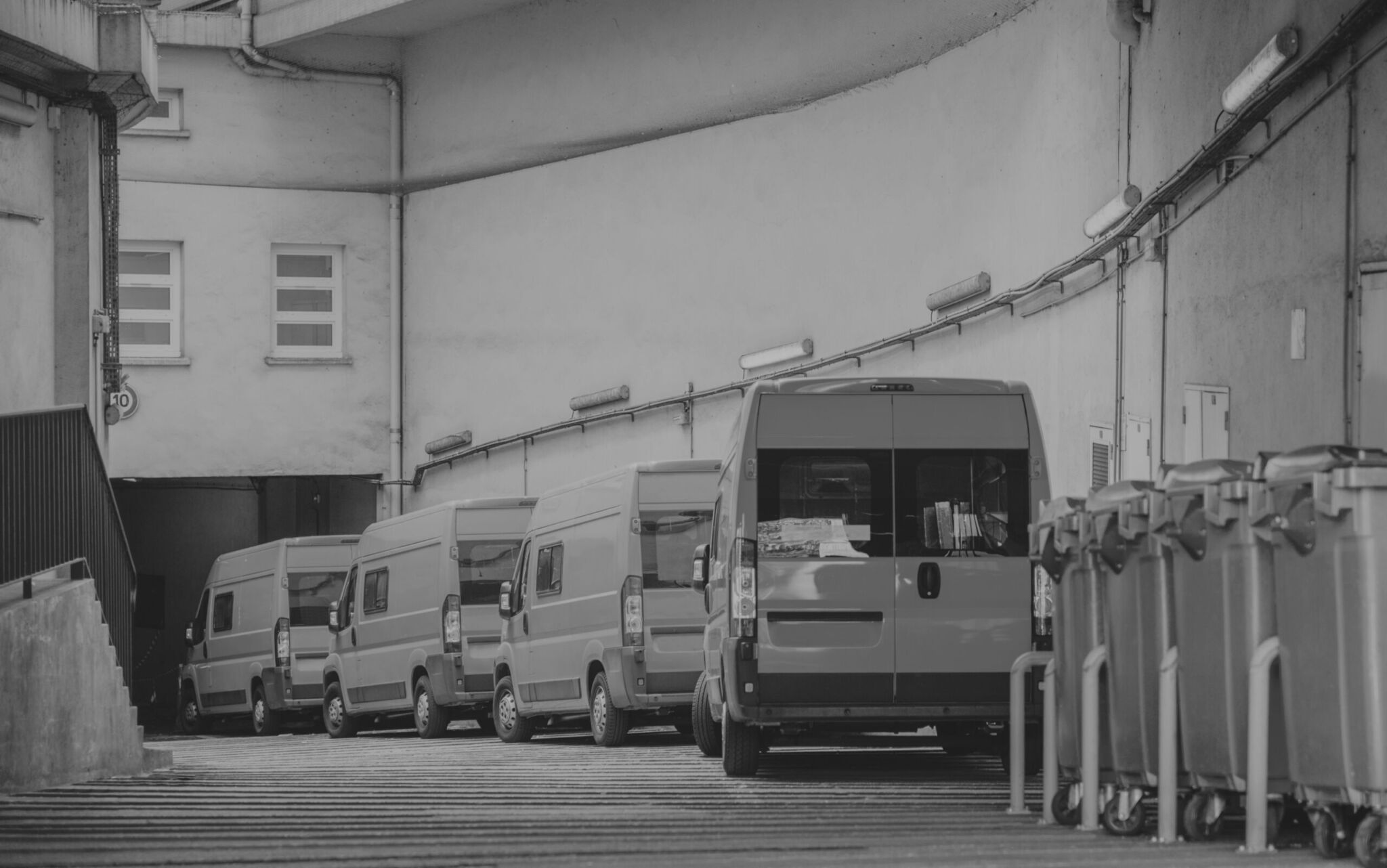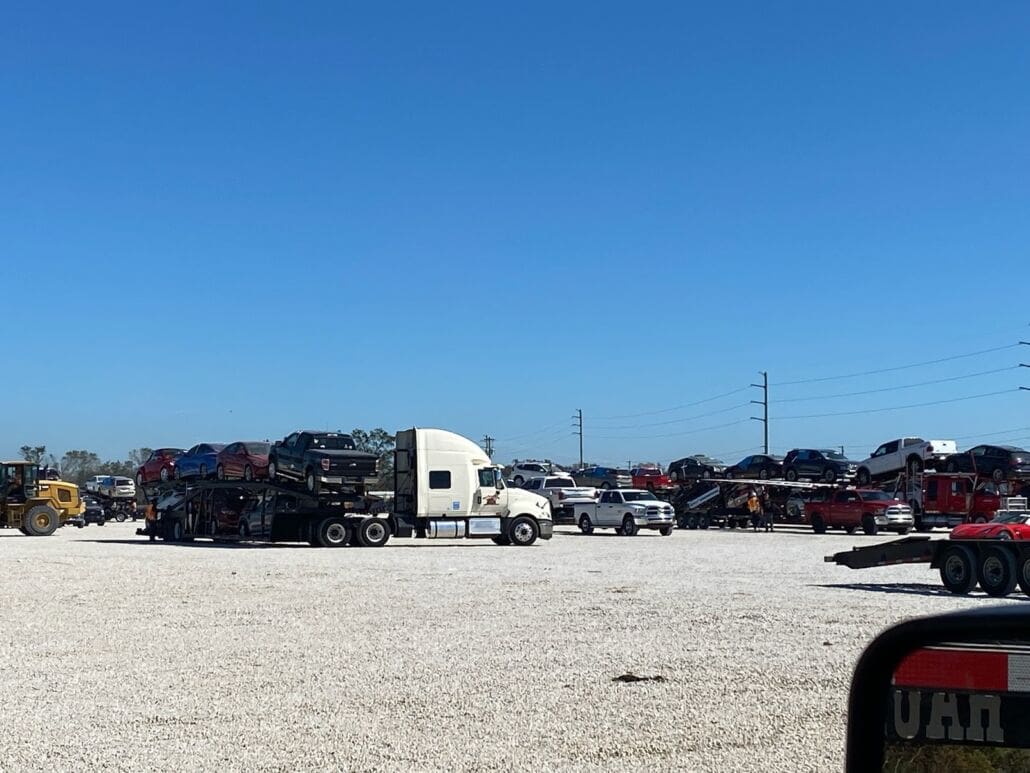
How to Recover Your Commercial Vehicles in the Aftermath of Hurricane Ian
Row of yellow delivery and service van, trucks and cars in front of the entrance of a warehouse distribution logistic plant
Are you part of a company that relies on a commercial fleet of vehicles in Hurricane Ian-affected parts of Florida and South Carolina? Are you struggling to coordinate commercial vehicle transport or unsure of what to do about inoperable vehicles? If your answer to any of these questions was yes, this blog was written for you. We’ll look at one critical question: What should you do next?
On the morning of September 28, 2022, Hurricane Ian slammed into Florida’s coastline. Over four million homes and businesses in Hurricane Ian’s path lost power, the US National Oceanic and Atmospheric Administration report, with widespread damage to private and public infrastructure. Days later, Hurricane Ian returned to severely damage South Carolina property and infrastructure. All told, 87 lives were lost, and within just a few days, two states were in disarray.
Hurricane Ian’s damage was extensive, with recovery costs expected to approach 50 billion dollars.
Of course, vehicles were critically impacted as well. One Florida towing company estimated they moved a staggering 20,000 destroyed vehicles in the week following Hurricane Ian. As insurance claims fly thick and fast across both states, companies that manage commercial fleets face a storm of ongoing car transport logistics and operational challenges.
If you’re managing logistics for a company and dealing with a quagmire of vehicle transport decisions, the big question is, What Comes Next? Our goal in this blog is to give you some starting points for answering that question.
We’ll cover:
- How to regain a functional fleet, including removing inoperable vehicles and relocating your base of operation.
- How to refine your vehicle transport and management strategy.
- What you can do to build long-term disaster resilience to future major weather events.
Regaining a functional fleet
While every company will have its list of priorities in dealing with Hurricane Ian’s damage, three activities will likely dominate: vehicle safety checks, disposing of critically damaged infrastructure, and reassessing their base of operation.
Vehicle safety checks
Flood damage is insidious. Your vehicles may seem operational in the immediate aftermath of water immersion. However, long-term structural, mechanical, and electrical issues can gradually erode a flood-affected vehicle’s roadworthiness over time.
The dollar value of Hurricane Ian’s damage will rack up for months, even years to come.
The good news is that a full mechanical inspection of your fleet will equip you to identify most of these issues early on. By quantifying these priorities early, you better position your company to roll out a fiscally-viable maintenance schedule.
The advice here is simple. Get every vehicle in your fleet inspected. Prevention now is better than dealing with an inoperable vehicle later on.
Removing inoperable vehicles
You may be able to move partially inoperable vehicles from your premises but not drive them on public roads. Other vehicles you’ll identify as operable now, but eventual write-offs as long-term Hurricane Ian flood damage takes its toll. If you’re one of the less fortunate companies, many of your vehicles will be immovable beyond repair. These will require specialized transport and disposal.
Carrier procedures and car transport costs for partially operational damaged vehicles vary significantly from those that come into play when you need to remove wholly inoperable vehicles.
For the latter, carriers will typically impose steep additional vehicle transport costs to cover specialized equipment and the added risk of handling inoperable vehicles.
Auto shipping of damaged vehicles can be a costly and time-consuming process.

Adding further complexity to an already challenging situation, you’ll also need to provide detailed information on the condition of each vehicle, and in all likelihood, to more than one auto shipping carrier.
Why? Because, like any transportation business, auto carriers have unique specializations and capabilities. You’ll need good situational awareness of how to navigate the vehicle transport market to minimize removal costs and onsite disruption.
An efficient way to sidestep that complexity is to work with a car transport or a third-party logistics provider (3PL) — preferably one that specializes in non-running car shipping.
A good auto broker will segment your written-off fleet into levels of operability. They’ll coordinate carrier selection and directly liaise with reputable carriers to ensure quick and cost-efficient auto shipping.
Adjusting your base of operation
The Federal Emergency Management Agency (FEMA) estimates that it could take decades to restore full functionality to Hurricane Ian’s ravaged infrastructure in Florida and South Carolina. It’s worth remembering that some areas in Florida that were damaged by Hurricane Charley in 2004 are still under repair in 2022.
And, of course, supply chains and transportation infrastructure are complex.
A repaired road doesn’t signal an instant return to prior efficiency. Many local businesses will therefore face a protracted ripple effect of supply chain and organizational disruption long after the obvious physical evidence of Hurricane Ian’s damage is just a memory.
It may be advisable to temporarily relocate your fleet’s base of operation if you have that option.
If you use your fleet to move materials, you might consider commissioning a center of gravity analysis. These studies help you gain more granular and data-driven insight into the feasibility of relocating your distribution center.
Refining your vehicle transportation and management strategy
A 2017 MIT roundtable on supply chain hurricane resilience offered an interesting analysis of best practices in relation to inventory and fixed asset management in hurricane-affected areas.
The panel (comprising public and private sector experts in logistics, transportation, and humanitarian response) concluded that businesses were more likely to bounce back after a hurricane event if they had a clear strategy for preparation and response.
From a commercial fleet management standpoint, this level of preparedness would be predicated on a standing capacity to move a large fleet of vehicles en masse away from a hurricane’s projected path.
It’d require careful planning to identify temporary storage locations.
Some companies that participated in MIT’s analysis even recommended regular exercises and drills to ensure team members knew what to do in the days and hours leading up to T-minus-zero.
This kind of vehicle transportation agility is no trivial undertaking. But a mature car transport strategy may be the difference between a temporary disruption and catastrophic long-term consequences.
Building long-term disaster resilience
Florida and South Carolina are prone to hurricane events. Hurricane Ian is just one of many severe weather events to have impacted human lives and commerce in these areas — and of course, it won’t be the last.
With your fleet back on the road, it may now be smart to turn your attention to long-term disaster resilience.
If catastrophic hurricane events like Ian and Charley have taught us anything, it’s that hurricanes do more than rip up roads and lay waste to homes and businesses. They cause far-reaching organizational and infrastructural chaos from which it can take decades to recover.
For many companies, partnering with a fleet logistics expert is a swift and cost-efficient way to fast-track disaster resilience. Here’s how a third-party auto logistics provider can help.
Move quickly when you need to
The right auto 3PL has the contacts and systems in place to transport vehicles away from the hurricane’s path. Even a large fleet of commercial vehicles — upward of 10,000 — can typically be moved in a matter of days. Consider also that the more reputable auto 3PLs can offer you short-term auto shipping contracts that don’t lock you into long-standing expenses when all you need is help during a crisis.
Free up your time when the minutes matter
Across the Hurricane Ian news cycle, we saw just how much uncertainty a hurricane can cause. The terrain shifts daily — both figuratively and literally. While you’re dealing with so many unknown variables, it can make a lot of sense to outsource the complex and time-consuming auto-shipping decision-making process to an expert. Working with a car transport logistics provider frees up your bandwidth to handle other aspects of disaster response.
Reduce your risk when your business is at its most vulnerable
In the lead-up to a hurricane or in the wake of its immediate aftermath, your transportation assets aren’t just vulnerable to physical damage. They’re also prone to inscrutable fly-by-night vehicle transport carriers capitalizing on a glut of urgent work in an already minimally regulated industry. Partnering with an experienced auto shipping expert during the preparation or recovery process protects you from unscrupulous carriers seeking to profit from peak demand and limited oversight.
Car transport may be the last thing on your mind when a hurricane is approaching…
…but keeping your commercial fleet secure is vital to a swift recovery.
The right auto third-party logistics provider can help you with quick, reliable, and expertly managed vehicle transportation solutions. They can coordinate specialized transport for inoperable vehicles on your behalf, liaise directly with carriers, and assist with the many complex auto-shipping decisions you face in the aftermath of a natural disaster like Hurricane Ian. Talk to RCG Auto today about how we can help your business bounce back.

